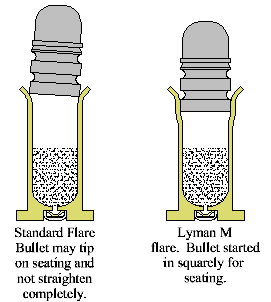Tonight I loaded up the following...
9mm
Mixed Brass
CCI No. 500 Primers
5.4Gr of Unique
115Gr Everglades Ammunition Plated Round Nose Bullets
OAL between 1.093 and 1.123 (Difference of 0.03 over 100 rounds)
I cannot for the life of me figure out how to get a consistent OAL out of my press and dies. I'm using Lee Precision for both. Any help there would be greatly appreciated.
I put this load data together after reviewing numerous loads posted on this forum and others. From what I kept seeing, this was middle of the road, but please correct me if I'm way off base.
So I think my two questions are...
Does this load data look acceptable?
And
Is the variance in OAL something I should be alarmed about in this particular load?
9mm
Mixed Brass
CCI No. 500 Primers
5.4Gr of Unique
115Gr Everglades Ammunition Plated Round Nose Bullets
OAL between 1.093 and 1.123 (Difference of 0.03 over 100 rounds)
I cannot for the life of me figure out how to get a consistent OAL out of my press and dies. I'm using Lee Precision for both. Any help there would be greatly appreciated.
I put this load data together after reviewing numerous loads posted on this forum and others. From what I kept seeing, this was middle of the road, but please correct me if I'm way off base.
So I think my two questions are...
Does this load data look acceptable?
And
Is the variance in OAL something I should be alarmed about in this particular load?

